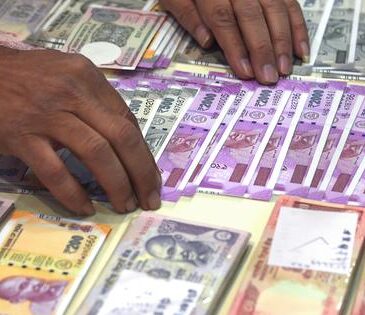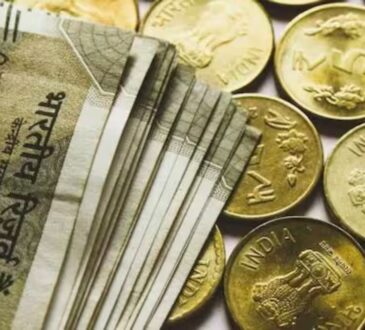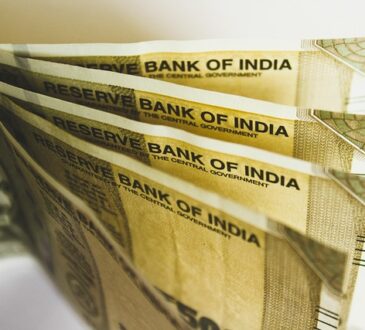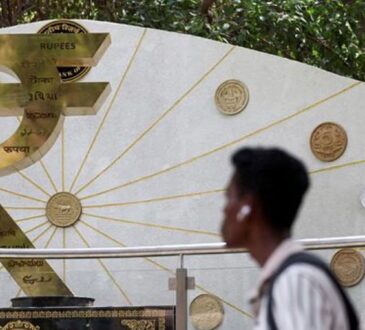[SINGAPORE] South-east Asia’s exporters are facing a double whammy: a fresh surge in regional currencies in May and the looming end of US President Donald Trump’s 90-day tariff pause in July.
Export-oriented economies facing potential new US levies and already grappling with structural competitiveness issues are especially at risk, warned experts.
Thailand stands out on all three counts as among the most vulnerable across the region to sharp currency spikes, which will certainly hurt exports over time, said MUFG Bank’s senior currency analyst Michael Wan.
Asian currencies then rose again on the back of broad US dollar weakness on Apr 21, before embarking on a strengthening trajectory from Apr 29 amid optimism surrounding US trade talks with the region and US-China tensions, said the bank’s strategists.
A NEWSLETTER FOR YOU

Friday, 8.30 am
Asean Business
Business insights centering on South-east Asia’s fast-growing economies.

Fall from grace?
Pundits tell The Business Times that the most recent ascent of Asian currencies reflects an exodus from the almighty greenback, as traders grow bearish on the world’s reserve currency and attempt to hedge their US assets.
Against the backdrop of weakening US dollar dominance, China’s renminbi is shaping up to be a barometer for the region’s currency swings.
Beijing is keeping a firm hand on its currency, refusing to let it strengthen dramatically against the dollar as the People’s Bank of China holds its daily reference rate for the yuan steady.
In a Tuesday report, MUFG’s Wan explained that Asian exporters have, among other things, been hoarding more US dollars amid rising interest rates – most prominently in markets such as Taiwan, China, Malaysia and, to a smaller extent, the Philippines and Thailand.
Asian markets have also been increasing their exposure towards US assets over time, including agency bonds and corporate stocks.
Wan noted: “To the extent that trade positions with the US change more fundamentally, there could also be a more fundamental rebalancing – even if not (through) repatriation back home, certainly some rebalancing towards other global assets might be reasonable.”
As far as DBS senior foreign exchange strategist Philip Wee is concerned, the latest appreciation is a “catch-up play”.
He told BT: “Until last week, Asia-ex-Japan currencies had been underperforming their developed market counterparts when Trump’s erratic tariff announcements and attack on the Fed’s independence hurt the US dollar’s credibility.”
Sidelined for now
Nevertheless, Wee expects Asian countries to prioritise retaining access to American markets over competitiveness for their exports – at least before Trump’s tariffs are due to resume.
And while currency appreciation is unfavourable for Asean’s export-oriented economies, it becomes less of a concern if all currencies are appreciating, said Chandresh Jain, BNP Paribas Global Markets’ markets and rates strategist for emerging Asia.
“Foreign exchange is a relative asset, with one currency being compared to another,” he said. “Ultimately, we need to examine how the currency has moved on a trade-weighted basis.”
Jain added that if export demand from the US slows, Asian trading partners will need to explore other alternatives, such as in the Middle East and Europe.
Eyes on the Taiwan dollar
Gains across major Asian currencies were led by the Taiwan dollar, which pencilled in a largest-in-decades daily gain.
In his report, MUFG’s Wan posited that the bigger question is what these movements imply for the rest of Asia, beyond idiosyncratic factors driving the moves in the Taiwan dollar, such as the uniqueness of its life insurance companies and the extent of their dollar hoarding.
While he believes the jury is still out on the extent to which this impacts the region, he agreed that there has been quite a bit of dollar hoarding by South-east Asian countries – though to a lesser extent.
“We have to be cognisant of structural shifts in the dollar and the attractiveness of US assets, which could see similar spillover to other Asian currencies,” concluded Wan.
Monetary policy moves
Asked how they foresee Asean central banks responding in the foreign exchange markets should their currencies continue appreciating, economists said they broadly expect regional central banks to adopt a light touch.
DBS’ Wee pointed out that no interventions are seen for now for the Singdollar, ringgit and baht – which are still retracing the US dollar’s gains on them from October 2024 to January this year.
He added that although the rupiah notched significant gains, Indonesia “will likely welcome more gains” to retrace the 10 to 11 per cent depreciation between September 2024 and April 2025.
BNP Paribas’ Jain said: “Most Asean central banks will aim to mitigate rapid movements and reduce volatility, but we do not expect them to attempt to reverse the trend.
“The lower dollar theme is a global phenomenon as investors need to hedge their dollar assets and may persist for several more months.”




